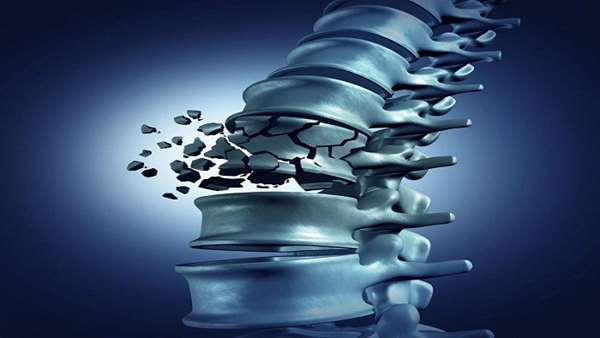‘Reprogrammed’ stem cells to treat spinal-cord injuries for the first time
Scientists in Japan now have permission to inject ‘reprogrammed’ stem cells into people with spinal-cord injuries.
Scientists in Japan now have permission to inject ‘reprogrammed’ stem cells into people with spinal-cord injuries.
An upcoming trial will mark the first time that induced pluripotent stem (iPS) cells have been used to treat spinal-cord injuries, after a committee at Japan’s health ministry approved the study on 18 February. IPS cells are created by inducing cells from body tissue to revert to an embryonic-like state, from which they can develop into other cell types.
Hideyuki Okano, a stem-cell scientist at Keio University in Tokyo, will coax donor iPS cells into becoming neural precursor cells, which can develop into neurons and glial cells. His team will then inject two million of the precursor cells per patient into the site of spinal injury around 2–4 weeks after the injury occurs.
Okano has demonstrated that the procedure can regenerate neurons in monkeys with injured spinal cords and increase their mobility1.
Okano’s team will carry out the experimental therapy in four people, monitoring them to ensure it is safe and effective before deciding whether to start a larger clinical trial with more participants. The first patient is expected to be treated in the second half of this year.
IPS cells have been used in a handful of other clinical applications, including to treat age-related macular degeneration in 2014 and 2017, and Parkinson’s disease in 2018.
A clinical trial in the United States is also testing a treatment for spinal-cord injuries using embryonic stem cells. The study has so far only led to minor improvements in a few patients, and has yet to demonstrate that it works in a controlled trial.
Reference:https://www.nature.com/articles/d41586-019-00656-2





ارسال به دوستان